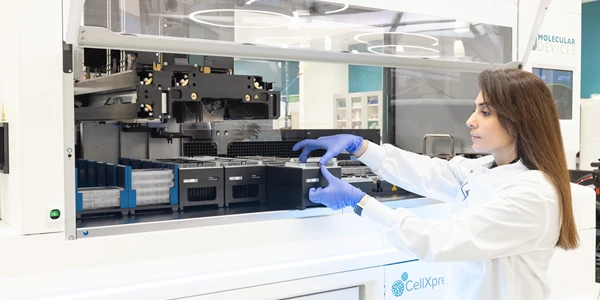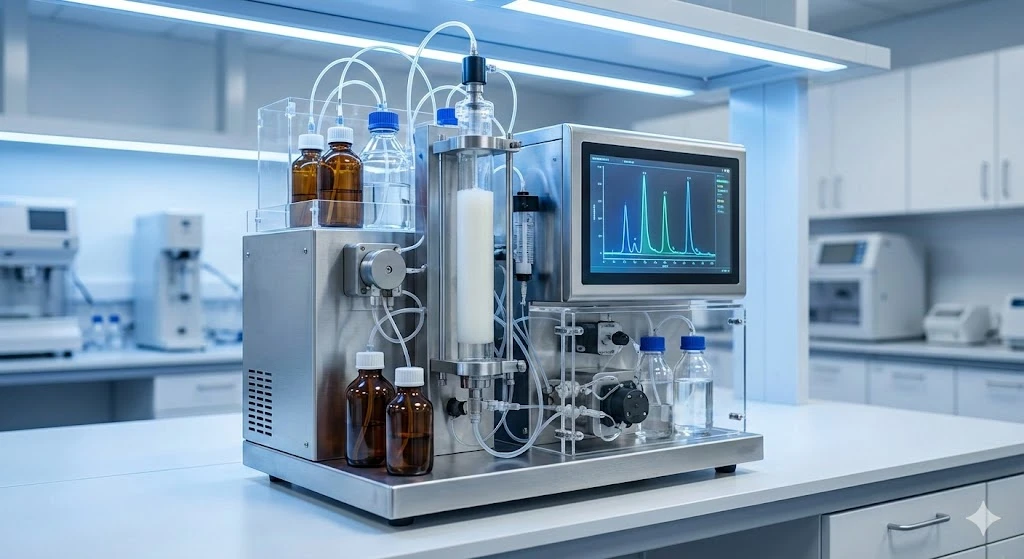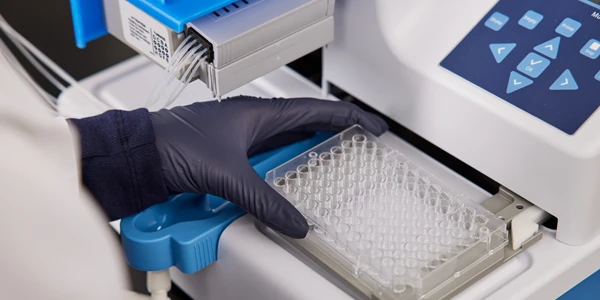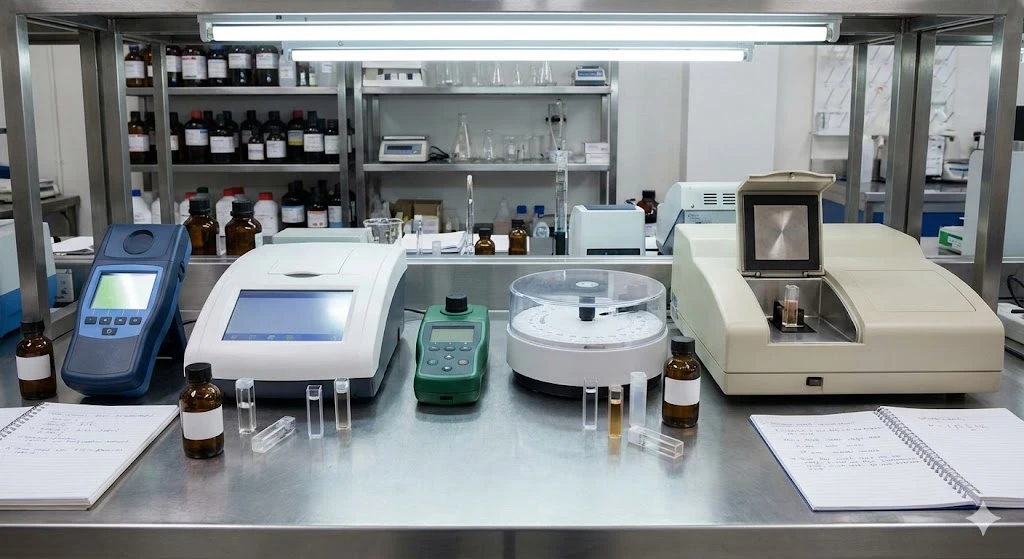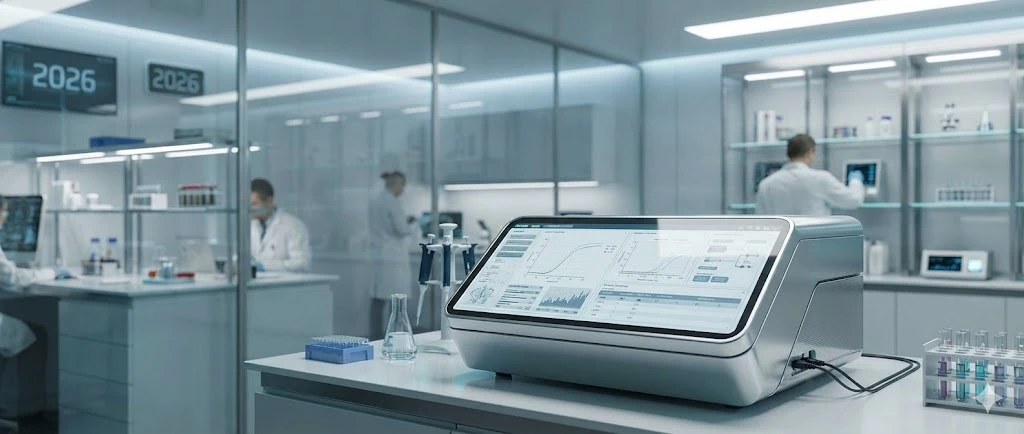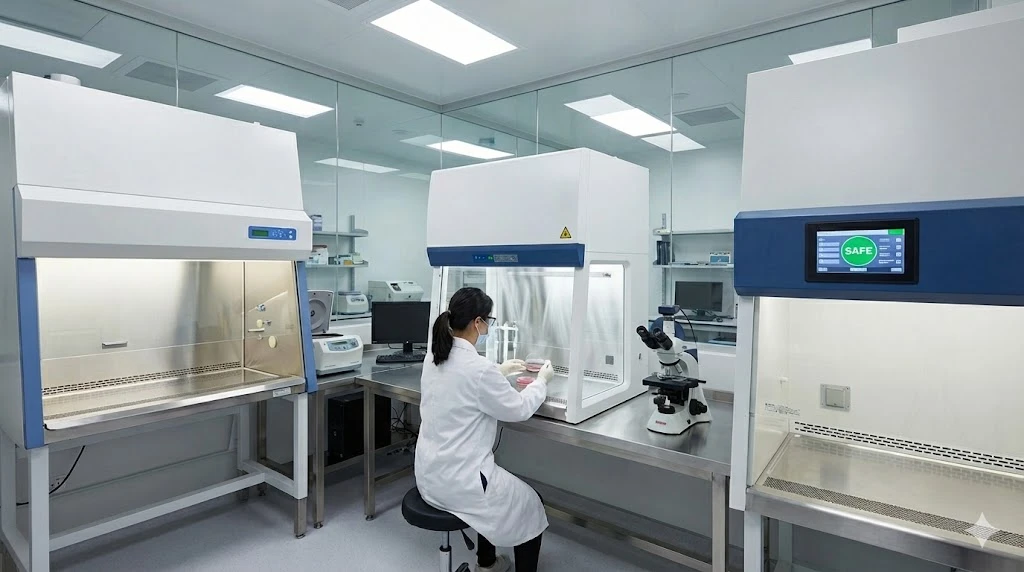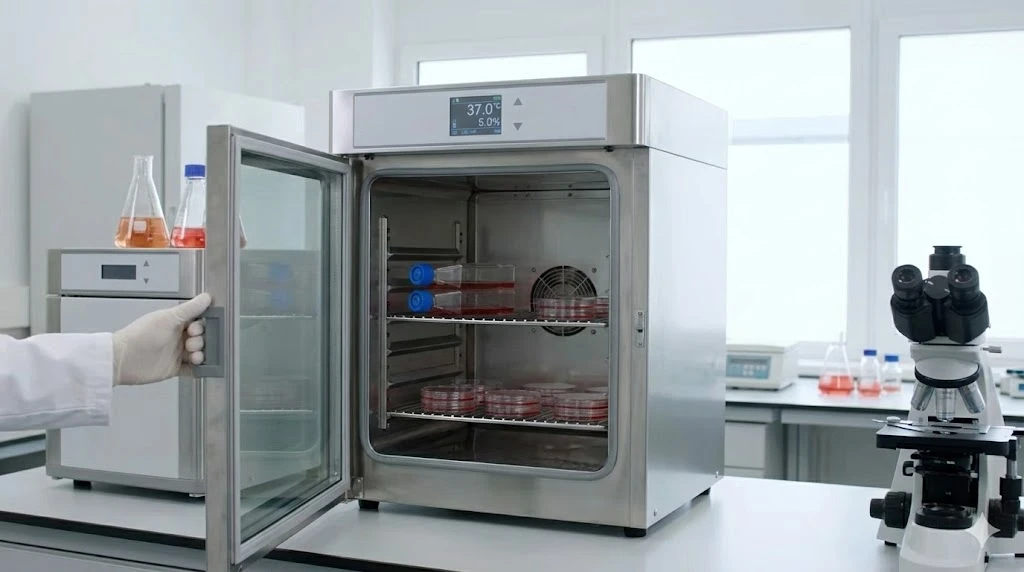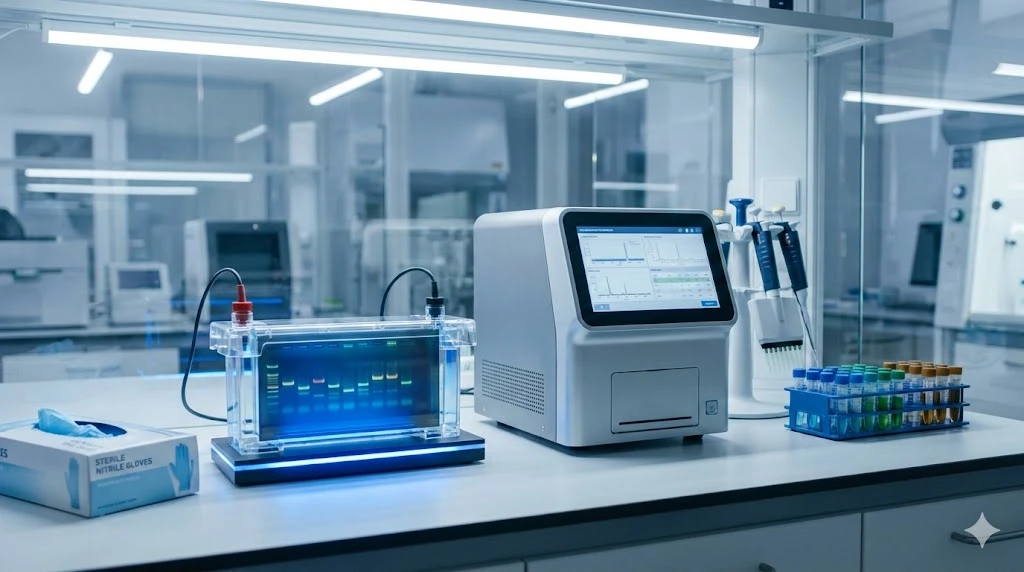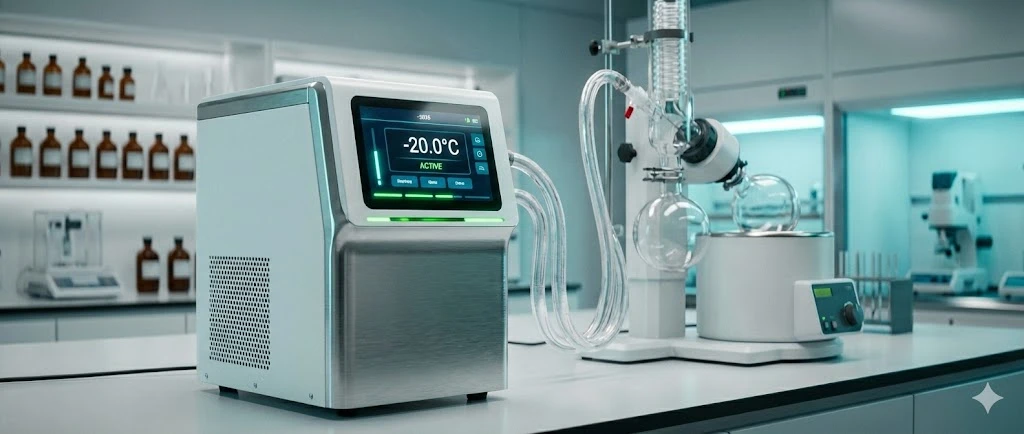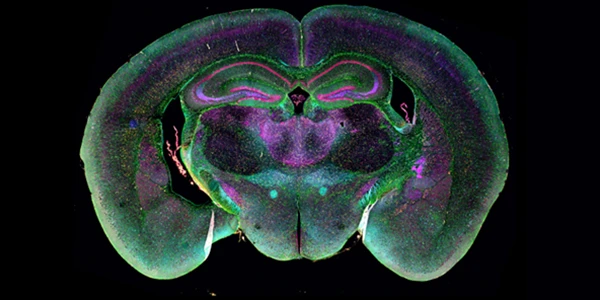Factors to Consider When Purchasing a UV-Vis or Fluorescence Spectrophotometer
Shopping for new or used UV-Vis or Fluorescence Spectrophotometers requires critical consideration of the features and functionality of the instrument.
Budget and lab configuration can dictate the type and size of instrument for your needs. An ideal instrument is one you can afford, with the capacities you need, in as small a footprint as you can find. Avoid paying for fancy extras you don’t need, but first examine some of these ‘extras’. You may discover that you do need them (or will) as your lab expands or you change research direction.
To simplify your sales journey, we have arranged the spectrophotometers in these two categories:
1. UV-VIS spectrophotometers - UV/Vis Specs are commonly used for the biochemical analysis or quantification of DNA, RNA, proteins, and other biochemical compounds. In certain configurations they can also used to measure enzyme kinetics, bacterial culture growth, and other applications. Most UV-Vis spectrophotometers work in the wavelength range of 190 nm to 1100 nm. The basic principle of operation is that the instrument is measuring how much light of a given wavelength is being absorbed by the sample.
Some specific features to watch for:
Most spectrophotometers have double beam capability; that is, they compare a reference cuvette with your sample in another matched cuvette and subtract the background absorbance of the reference.
-
Some spectrophotometers offer variable fixed wavelength measurements whereas others offer a scanning mode between endpoint wavelengths you select.
-
If you need scanning mode, how and where is the data transferred? (To a chart recorder or to a computer?. If to a computer: using RS-232 cable or USB?)
-
Do you need a UV-Vis spectrophotometer that can measure small sample volumes?
-
If your lab tests or measures large numbers of samples by spectrophotometer, you might be interested in buying one with an autosampler.
2. Fluorescence Spectrophotometers - Also called fluorometers or fluorospectrometers, these instruments are used to measure light emitted during chemiluminescent reactions (e.g., luminol, H202) or more commonly during fluorescence assays such as FRET (Fluorescence Energy Resonance Transfer). Fluorescent molecules absorb at a characteristic narrow range of wavelengths and emit at a specific longer range of wavelengths, depending on the identity of the fluorescent molecule. Samples are activated by light emitted from either a Xenon lamp or from red, green, or blue LEDs (light emitting diodes). The resulting fluorescent emissions from the sample are measured by the fluorescence detector .
Features to watch for:
-
How many excitation wavelengths (or range of wavelengths) do you need for your typical samples?
-
How many detection channels (‘colours’) do you need to detect fluorescent emissions?
-
Will you be analyzing samples in cuvettes, petri plates, multiwall plates (how many wells?), or via capillaries in continuous flow?
-
How narrow (bandwidth) do you want your range of excitation and emission wavelengths to be? Narrow excitation bandwidths (achieved by a monochromator or band-pass filters) combined with narrow emission wavelengths (band-pass filters) yield results with higher signal-to-noise.
-
How will you access your data? (Via chart recorder? Or via computer connection using USB, Ethernet, or Wi-Fi?)
LabX.com can connect you with a large collection of new and used spectrophotometers for sale. Take a look.
